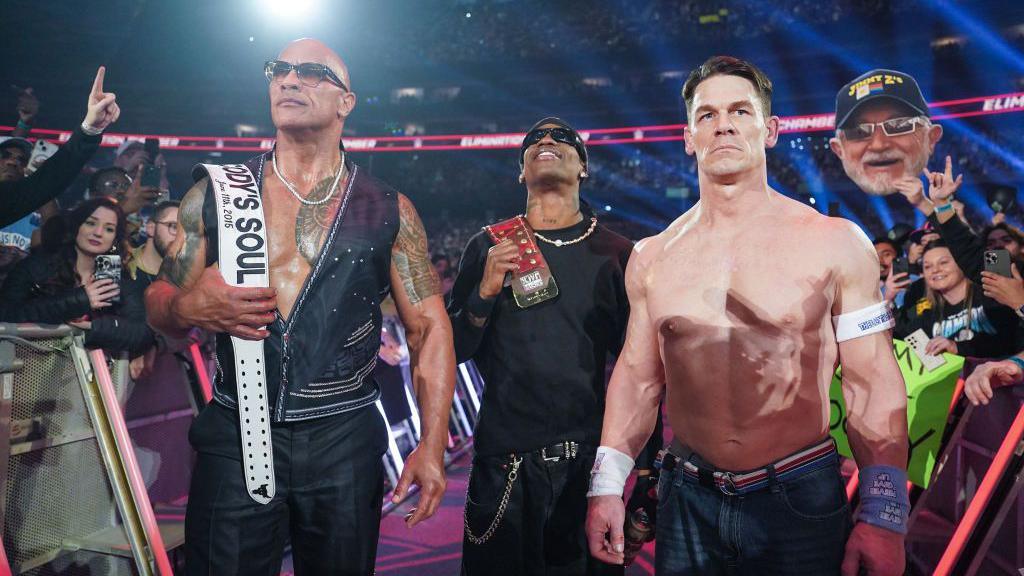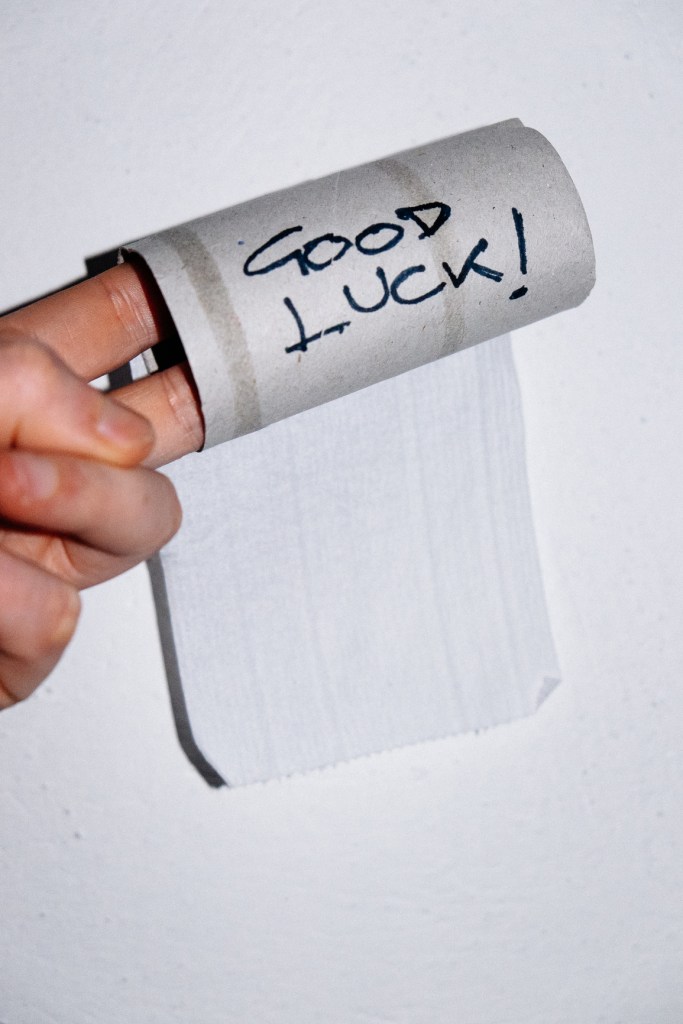You already know that if something seems too good to be true, it probably is. MDMA is a prime example of this. The party drug, also known as ecstasy (in pill form) or molly (in crystal form), induces extreme euphoria and has been used in clinical trials treating anxiety and PTSD. But it can also carry some horrific side effects, including depressive hangovers, dehydration, overheating, and an annoying inability to empty your bladder.
“I tried standing up and simply willing myself to pee, but nothing came out,” recalls Steve, a 29-year-old consultant in New York who, like the other two sources in this story, declined to disclose a last name to keep his drug use out of Google search results. “I knew I had to go because I could feel the tension in my bladder. I tried relaxing whatever that muscle is you relax to let the pee flow, but it seemed quite stubborn and wouldn’t relax. I even tried sitting down to pee, which sort of worked, but only after about two additional minutes of coaxing and trying to really focus on relaxing that muscle.”
Videos by VICE
Jorge, a 31-year-old creative director in New York, experienced something similar several times for a couple hours each. “I wouldn’t be able to pee for a bit,” he remembers. “I would have to wait for the high to come down.”
“My friend and I were both confused as to why we both chugged so much water and couldn’t pee,” Janie, a 22-year-old writer in New York, recalls of her experience at the Electronic Zoo festival two years ago.
Your mysterious and sudden pee rebellion likely happens for at least three reasons. First, MDMA interferes with regulation of the antidiuretic hormone vasopressin, says James Giordano, professor of neurology and biochemistry at Georgetown University Medical Center. It does this by making you release more serotonin, which has input to the hypothalamus (the small part of your brain that controls many important body functions). There, vasopressin is made and transported to the pituitary gland, where it’s released. For some people, MDMA will initially block the release of vasopressin, causing frequent bathroom trips, Giordano tells me. But then, vasopressin will rebound, making it harder to pee. Others only see the latter effect.
At the same time, MDMA disrupts the balance of activity in your sympathetic nervous system (responsible for your fight-or-flight response) and your parasympathetic nervous system (responsible for unconscious actions like sleep and digestion). Both systems, he adds, innervate a muscle called the trigone at the neck of the bladder that controls its contractions, so disrupting these systems can prevent your bladder from pushing pee out.
“In some cases, particularly people who use very high doses or repeatedly high doses, this can create a very durable imbalance in sympathetic and parasympathetic nervous system regulation of bladder function,” Giordano says. “These people may have long-standing dysfunction of urinary reflex leading to urinary retention.” In the most severe cases, they may even have to be catheterized to empty their bladders. But it’s also possible to swing in the other direction and experience long-term frequent urination due to vasopressin disruption.
Lastly, MDMA can make it harder to pee because it elevates your body temperature, causing you to sweat and dehydrate, so there’s just not much to pee out, says Tzvi Doron, New York City-based physician and clinical director for the men’s health app Roman.
As uncomfortable as it is, there’s not much you can do about this, Giordano says. Staying hydrated when you take MDMA (RollSafe recommends 1-2 cups of Gatorade/hour) might prevent it from happening in the first place, and if your bladder feels empty, drinking fluids can help. But if your bladder’s already full and you can’t empty it, ingesting more liquid could make it worse.
In addition to long-term urinary problems, a full bladder combined with the inability to pee can have dangerous consequences in the short-term, Giordano explains. Your bladder could rupture, or you could suffer from kidney damage, since the urine can back up into your kidneys. This can lead to increased water absorption in the kidneys, which can also dilute the fluids in your body, creating a potentially lethal imbalance of water and sodium in the blood known as hyponatremia, Doron says.
If you can’t pee for more than an hour and your bladder is full (which you can figure out by looking down and checking whether it bulges outward), Giordano recommends going to the emergency room. “The effect might wear off, but you don’t know how susceptible you are,” he says. If you go to the hospital, they’ll likely catheterize you to get the pee out and then see if you can pee without it.
Any amount of MDMA has the potential to cause this problem, but you’re more likely to experience it if you take it multiple times in one day or take a significant dose, Giordano says. A good way to determine the dose you should not exceed is to add ten to your weight in kilograms and take that many milligrams or less, he adds.
If you’ve experienced urinary problems on MDMA, that’s a sign to be cautious about your future MDMA use. “You’re sort of flirting with your body’s way of talking to you and saying this is something that you’re sensitive to, so the likelihood of having a more durable bladder dysfunction is higher,” Giordano says. “If the person experiences this profound inability to urinate, it almost lasts an hour, and boom, it wears off, you kind of dodged that bullet.”
Sign up for our newsletter to get the best of Tonic delivered to your inbox weekly.
More
From VICE
-

Margaret Norton/NBCU Photo Bank/NBCUniversal via Getty Images -

WWE via Getty Images -

Lexie Moreland/WWD via Getty Images -

Camp Snap
